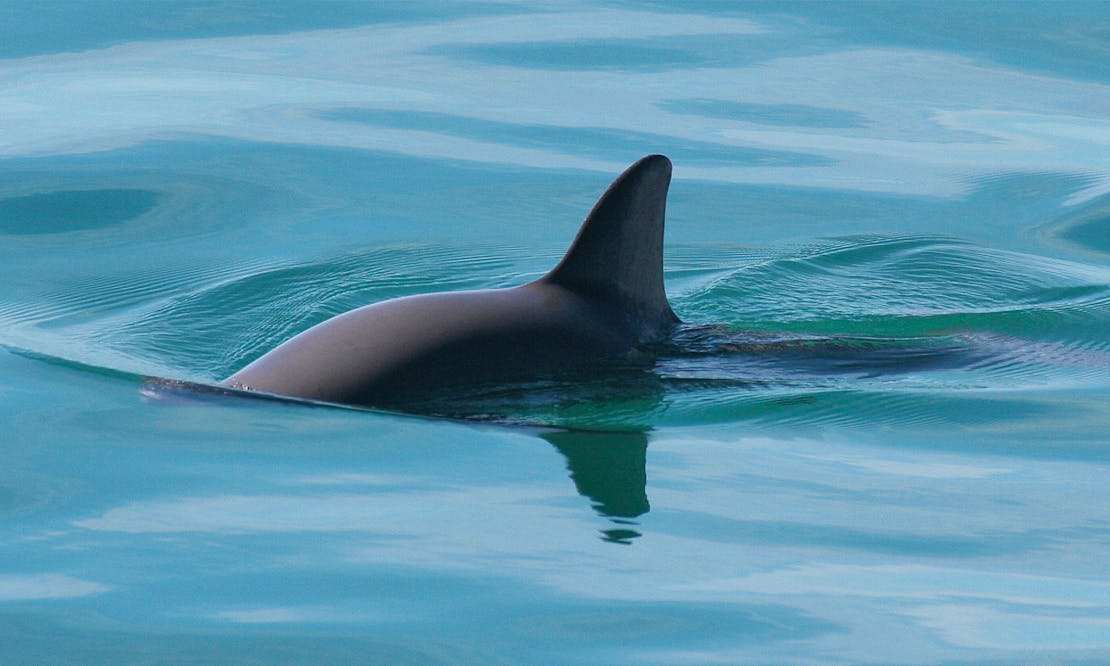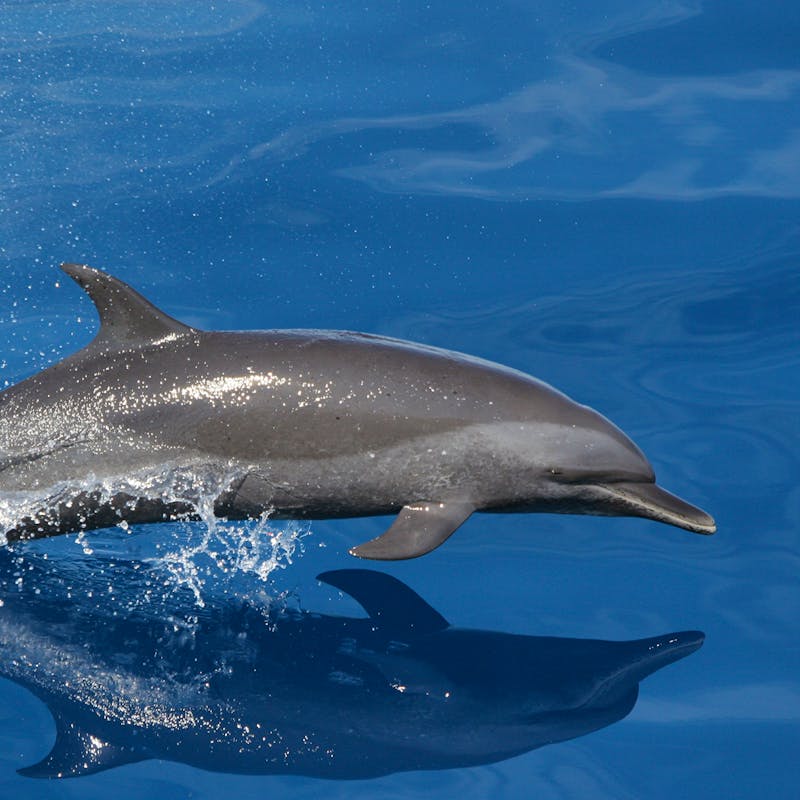Join our mobile Rapid Response Network!
You can be the first to hear about how we’re going to hold this administration accountable and how you can fight back for wildlife!
The vaquita is the world’s smallest and most endangered porpoise and it is literally on its last fins.
The main threat to vaquitas is death by drowning in fishing gear. The Vaquita Refuge Area is supposed to be protected habitat for the species, but illegal fishing boats are still caught fishing in the area by the Mexican government and are getting off with minimal consequences.
The vaquita has also suffered from the demand in China for the swim bladder of the totoaba, an endangered fish that lives in vaquita habitat. Illegal fishing for and trafficking in this fish have led to serious population losses for the vaquita and totoaba alike. In 2017, Mexico tried a plan proposed by experts, which has helped many other critically endangered species in the past, to capture vaquitas and put them in a safe pen near the coast. The idea was to help vaquitas reproduce safely while trying to get the illegal totoaba fishing under control.
But the plan didn’t work and unless all gillnet fishing is eliminated from the Refuge Area completely and immediately, these rare porpoises could be extinct before the end of the decade.
Vaquitas die in gillnets set for sharks, rays, mackerels and chano, and shrimp trawl nets. Since 2010, the foremost threat is bycatch in illegal gillnets set for totoaba. The price of totoaba swim bladder is so exorbitantly high, that organized crime took control of the fishing and no measure taken by the government has been effective to stop them from fishing illegally.

Defenders' Impact
In 2005, Defenders, Greenpeace, Teyeliz, Comarino and CEMDA reached an agreement with the Environment Ministry to create the Vaquita Refuge Area. In 2007, we helped create the shark fishery regulation that banned the use of surface gillnets that captured vaquitas incidentally.
In 2015 after years of lobbying the Mexican government decreed a fishing ban that is still in place. In 2017, most gillnets were banned in the Upper Gulf. In 2018 Defenders, Greenpeace and Teyeliz, presented a proposal to the Environment Ministry to increase the refuge area, prohibit fishing, restrict navigation and increase patrolling, the proposal was accepted, and refuge area was increased by 750 square kilometers.
What You Can Do
Purchase sustainable seafood and boycott Mexican shrimp, spread awareness of the plight of the vaquita and tell the Mexican government that illegal fishing needs to stop now.

About
Vaquitas have the most restricted range of any marine cetacean. They only live in the northern end of the Gulf of California. The Mexican government created the Upper Gulf of California Biosphere Reserve in 1993 in part to protect vaquita habitat.
There are only around a dozen vaquita left in the world.
Vaquitas use sonar to communicate and navigate Gulf waters. When seen, they are either alone or in small groups of two or three, used to be 8-10 individuals. The vaquita is also the only porpoise species found in such warm waters.
A female will give birth every 2 years or so. Calves are between 28-31 inches long at birth, weighing about 17 lbs.
Mating Season: April to May
Gestation: 10-11 months
Number of offspring: 1 calf
Vaquitas eat demersal and benthic fish like the silver weakfish, mimetic midshipman, striped weakfish, bronze-striped grunt and bairdiella croaker. They are also known to eat squid and crustaceans
News









